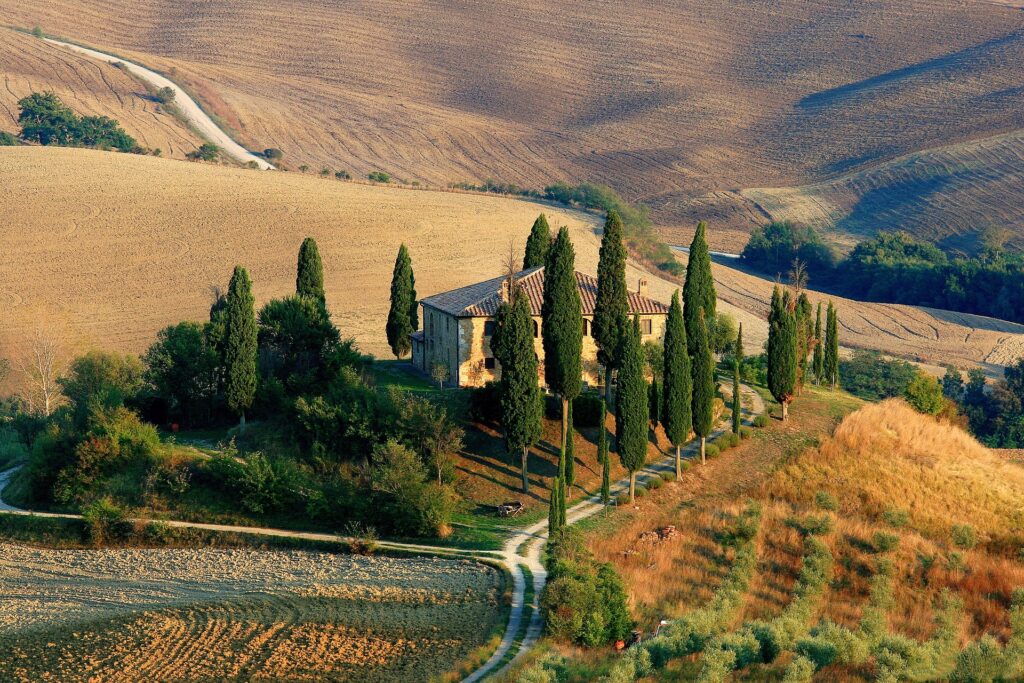Table of Contents
Togglewhat to do in tuscany
Introduction
Tuscany is one of Italy’s most popular tourist destinations, known for its stunning landscapes, rich history, and cultural heritage. Whether you’re a first-time visitor or a seasoned traveler, there’s always something new and exciting to discover in this beautiful region. From the rolling hills of Chianti to the medieval towns of Siena and San Gimignano, Tuscany offers many experiences that enchant you.
Suppose you’re interested in history and architecture. In that case, Tuscany is home to some of the world’s most iconic landmarks, including the Leaning Tower of Pisa, the Duomo in Florence, and the medieval walls of Lucca. If you’re an art lover, you’ll be spoiled for choice with the many museums and galleries that showcase the works of Italian masters like Michelangelo, Leonardo da Vinci, and Botticelli. And suppose you’re simply looking to relax and enjoy the region’s natural beauty. In that case, you can stroll through the vineyards of Montepulciano or enjoy a picnic in the picturesque Val d’Orcia. This is your guide to what to do in Tuscany.
Discovering Tuscany
If you are planning to visit Tuscany, get ready to explore a region rich in history, art, and culture. From the rolling hills of the countryside to the charming cities and towns, Tuscany has something for everyone.
One of the best ways to discover Tuscany is by exploring the countryside. You can take a bike tour or hike through the picturesque hills and vineyards and enjoy the stunning landscape views. If you are a wine lover, you can also take a wine tour and taste some of the best wines produced in the region.
In addition to the countryside, Tuscany is home to some of the most beautiful cities in Italy. Florence, the capital of Tuscany, is a must-visit destination for art lovers. You can explore the Uffizi Gallery, which houses some of the world’s most famous works of art, including Botticelli’s “The Birth of Venus.” Other cities worth visiting include Pisa, known for its iconic Leaning Tower, and Siena, famous for its medieval architecture and the Palio horse race.
Tuscany is also home to many charming towns that are worth visiting. San Gimignano, known for its medieval towers, is a UNESCO World Heritage site and a popular tourist destination. Lucca, a walled city, is famous for its well-preserved Renaissance-era architecture and charming streets.
In summary, exploring and knowing what to do in Tuscany is an unforgettable experience. Whether you prefer the countryside or the cities and towns, Tuscany has something for everyone. So, get ready to discover the beauty and charm of this fantastic region.
Historical Landmarks
If you’re interested in history and architecture, Tuscany has plenty of historical landmarks to explore. Here are some of the most notable ones:
Churches and Cathedrals
Tuscany is home to some of Italy’s most beautiful churches and cathedrals. The most famous is Florence’s Cathedral of Santa Maria del Fiore, also known as the Duomo. This stunning cathedral features a magnificent dome designed by Brunelleschi. Other notable churches and cathedrals in Tuscany include:
- San Gimignano’s Cathedral
- Santa Maria della Pieve in Arezzo
- Pisa Cathedral in Piazza dei Miracoli
- Pienza Cathedral
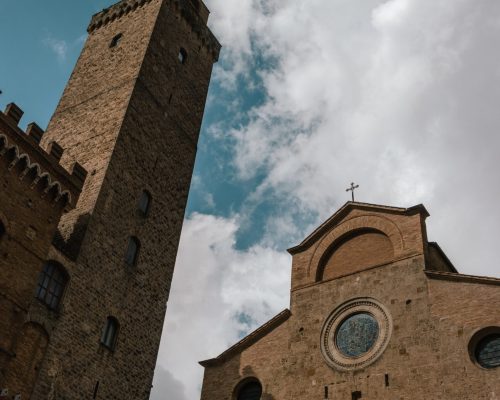
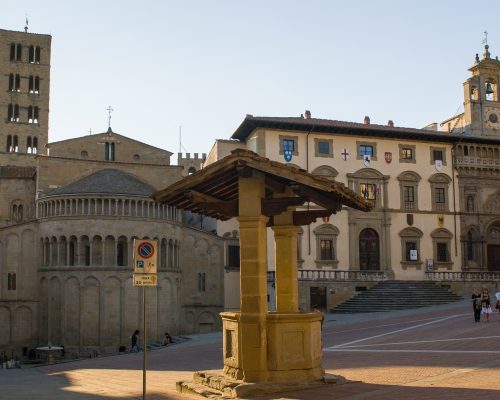
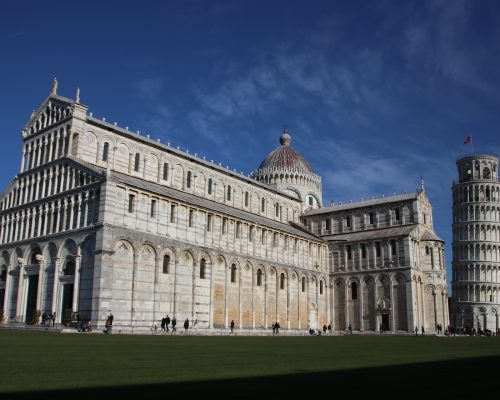
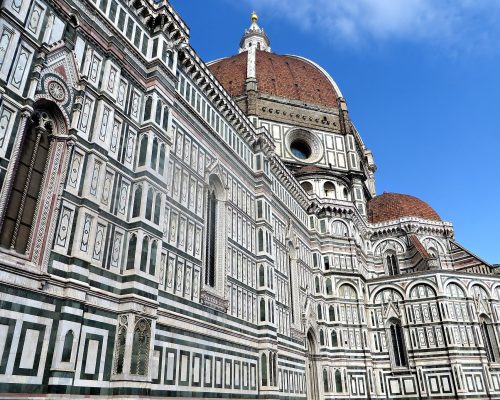
Towers and Walls
Tuscany’s towers and walls are a testament to the region’s medieval past. The most famous tower in Tuscany is the Leaning Tower of Pisa, a must-see attraction for anyone visiting the area. Other towers and walls worth visiting include:
- Torre del Mangia in Siena
- Guinigi Tower in Lucca
- Towers of San Gimignano
- Walls of Lucca
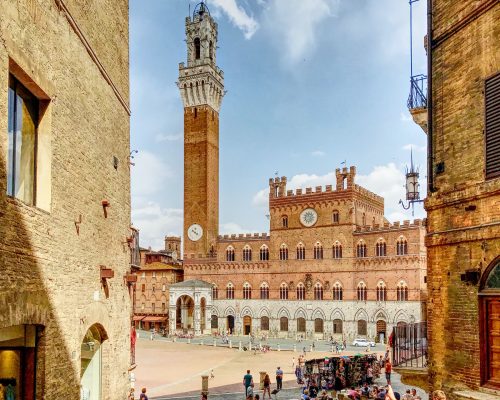
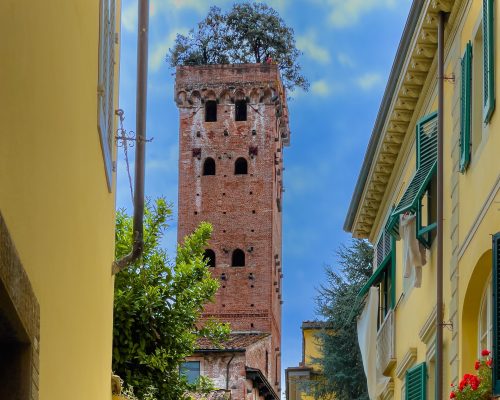
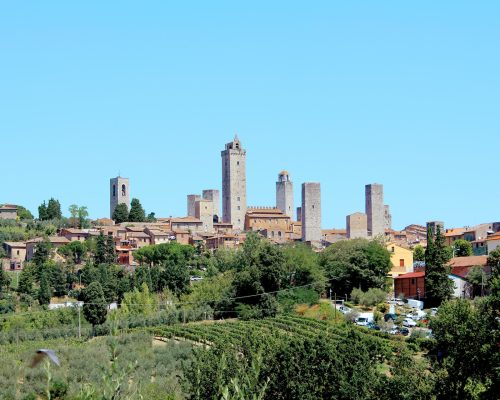
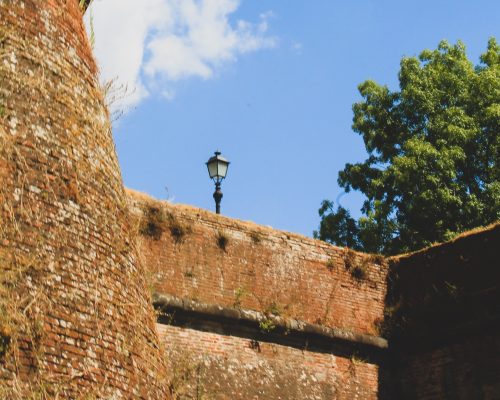
UNESCO World Heritage Sites
Tuscany has seven UNESCO World Heritage Sites, which are:
- Historic Centre of Florence
- Piazza dei Miracoli in Pisa
- Historic Centre of San Gimignano
- Historic Centre of Siena
- Historic Centre of Pienza
- Val d’Orcia
- Medici Villas and Gardens in Tuscany
These sites are a testament to Tuscany’s rich history and cultural heritage. They’re also a great way to learn more about the region’s past and appreciate its beauty.
In conclusion, Tuscany is a treasure trove of historical landmarks worth exploring. There’s something for everyone, from churches and cathedrals to towers and walls. So, immerse yourself in Tuscany’s rich history and culture.
Major Cities
Tuscany has several major cities, each with unique charm and history. Here are some of the most popular cities to visit during your trip to Tuscany:
Florence
Florence, also known as Firenze, is the capital city of Tuscany and is considered the birthplace of the Renaissance. It is home to some of the world’s most famous art and architecture, including Michelangelo’s David and Brunelleschi’s Dome. The city is also known for its shopping, with high-end designer stores and local markets. Take the chance to visit the Uffizi Gallery, one of the world’s most famous art museums.
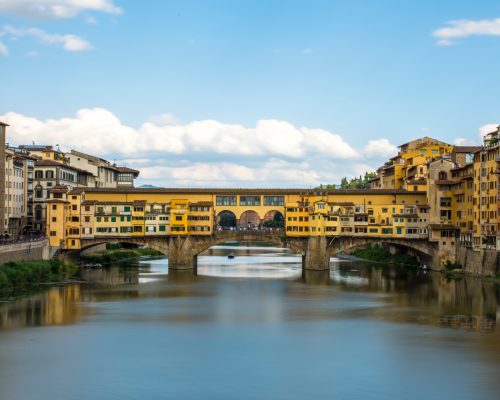
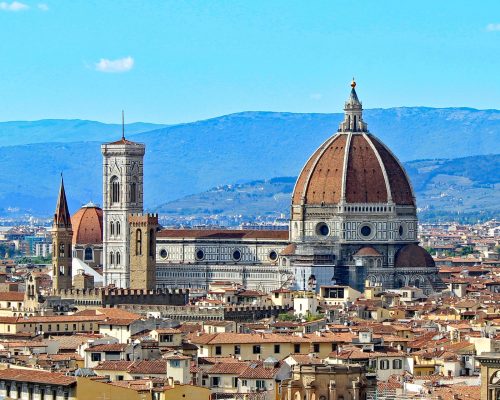
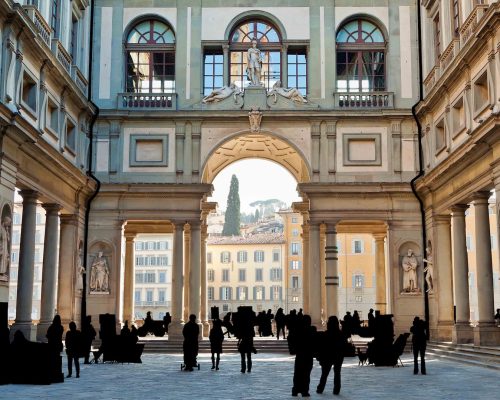
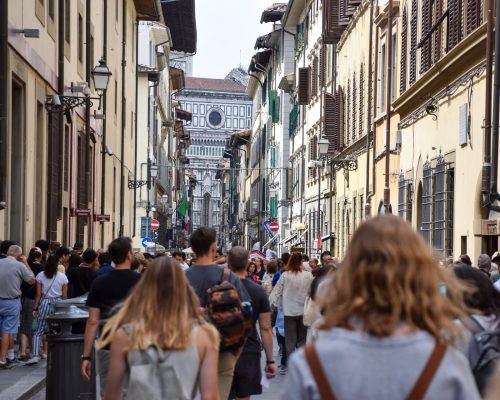
Pisa
Pisa is famous for its leaning tower, but this charming city has much more to see. The Piazza dei Miracoli is a UNESCO World Heritage Site home to the Leaning Tower, the Cathedral of Santa Maria Assunta, and the Baptistery. The city also has a vibrant student population, with plenty of bars and restaurants to explore.
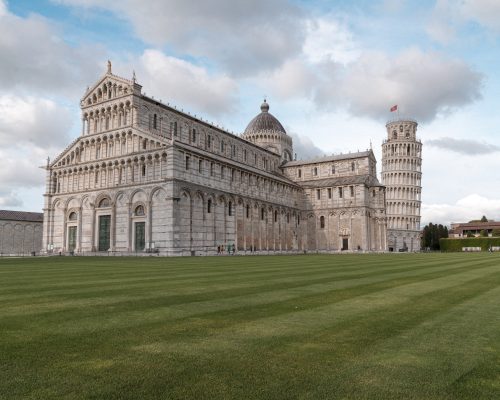
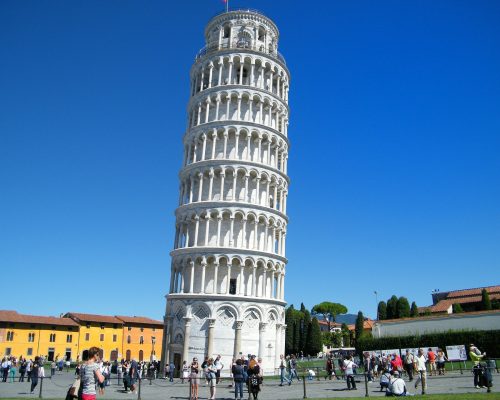
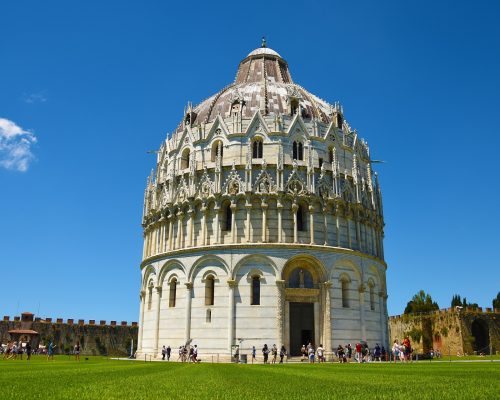
Siena
Siena is a medieval city with a rich history and stunning architecture. The city’s main attraction is the Piazza del Campo. This large square is home to the Palazzo Pubblico and the Torre del Mangia. Siena is also known for its horse race, the Palio di Siena, which takes place twice a year in the Piazza del Campo.
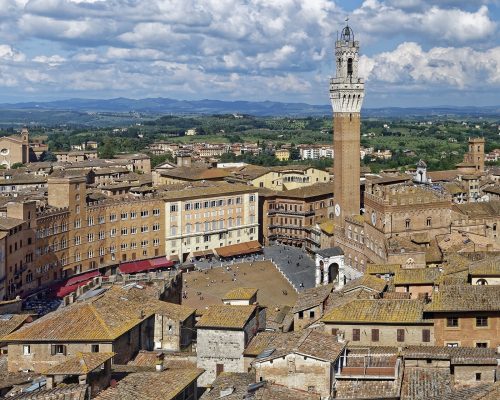
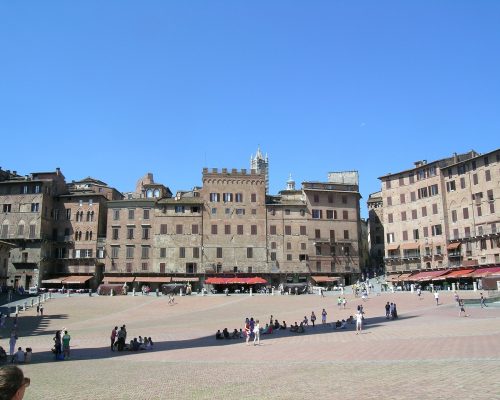
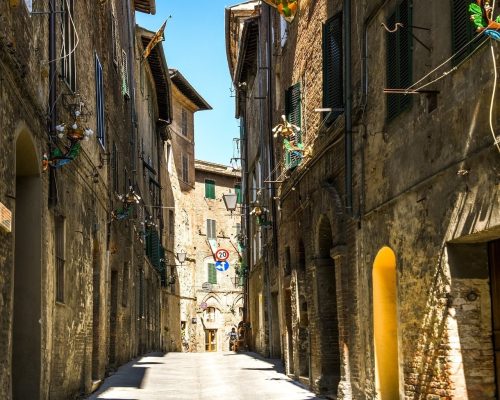
Lucca
Lucca is a walled city known for its charming streets and historic architecture. The city has several medieval towers and churches, including the Cathedral of San Martino. Lucca is also famous for its well-preserved city walls, which you can walk or bike along for stunning views of the city.
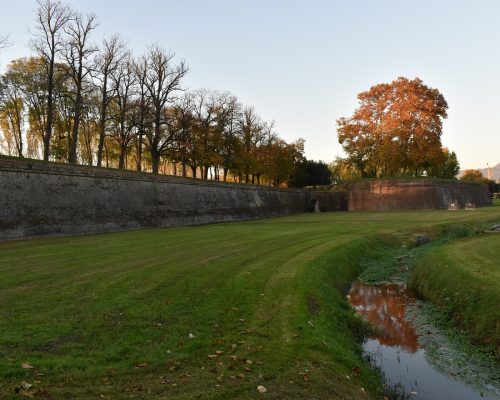
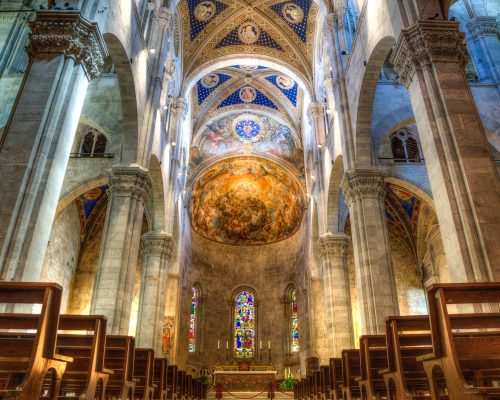

Arezzo
Arezzo is a small city in eastern Tuscany known for its beautiful churches and art. The city’s main attraction is the Basilica di San Francesco, which houses the famous frescoes by Piero della Francesca. Arezzo is also home to several museums and galleries, including the Museo Archeologico and the Galleria Comunale d’Arte Moderna.
In conclusion, these are just a few major cities you can visit during your trip to Tuscany. Each town has unique attractions and history, so explore as many as possible to get an authentic taste of this beautiful region.
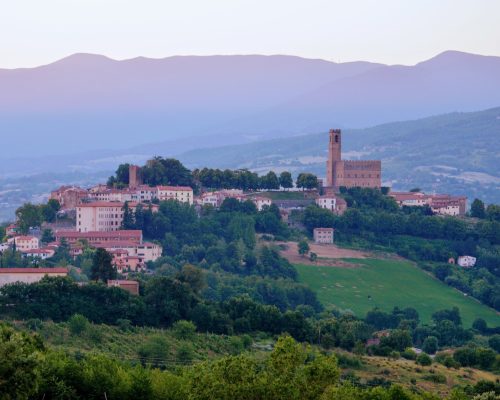
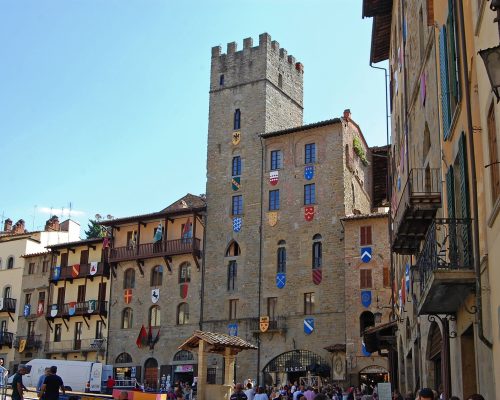
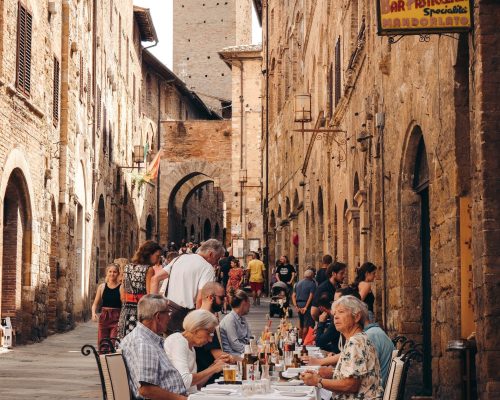
Art and Culture
Tuscany is a region renowned for its immense artistic and cultural heritage. The birthplace of the Renaissance, Tuscany is home to some of history’s most influential artists and architects, including Michelangelo, Brunelleschi, and Leonardo da Vinci. In this section, we will explore the art and culture of Tuscany, including its Renaissance influence, museums and galleries, and Italian cuisine.
Renaissance Influence
The Renaissance was a period of outstanding artistic and cultural achievement that began in Italy in the 14th century and lasted until the 17th century. Tuscany and Florence, in particular, played a central role in the Renaissance, producing some of the time’s most influential artists and thinkers. The influence of the Renaissance can be seen throughout Tuscany, from its architecture to its art.
Museums and Galleries
Tuscany is home to some of the world’s most important museums and galleries, including the Uffizi Gallery in Florence, which houses Botticelli, Michelangelo, and Leonardo da Vinci works. Other notable museums and galleries in Tuscany include the Accademia Gallery, home to Michelangelo’s David, and the Palazzo Pitti, which houses a vast Renaissance art collection.
Italian Cuisine
Tuscan cuisine is renowned for its simplicity and use of fresh, local ingredients. Some of the most popular dishes in Tuscany include bruschetta, a simple dish of toasted bread topped with fresh tomatoes and garlic, and gelato, a delicious Italian ice cream. Visitors to Tuscany can also take cooking classes to learn how to prepare traditional Tuscan dishes.
In conclusion, Tuscany’s rich artistic and cultural heritage makes it a must-visit destination for anyone interested in art, history, and cuisine. From its Renaissance influence to world-class museums and galleries, Tuscany has something to offer everyone.
Exploring the Countryside
Exploring the countryside is a must-do activity if you’re looking for a scenic and relaxing experience in Tuscany. The rolling hills, vineyards, and charming small towns will leave you in awe. Here are some sub-sections to help you plan your countryside exploration.
Vineyards and Wine Tasting
Tuscany is known for its world-famous wines, and exploring the vineyards is a great way to experience the local culture and history. The Chianti Classico and Chianti areas are the most famous wine regions in Tuscany, and you can find many wineries offering wine tastings and tours. Some wineries also offer food pairings, where you can taste local cheeses and meats that perfectly complement the wines.
Cheese Farms
Pecorino cheese is a staple in Tuscany, and visiting a cheese farm is a great way to learn about the cheese-making process and taste some of the best pecorino cheese in the world. Most cheese farms offer guided tours where you can see the sheep, learn about the different types of pecorino cheese, and taste them with some local wine.
Thermal Waters
Tuscany is home to many natural hot springs, also known as thermal waters. These hot springs have been used for centuries for their health benefits, offering a relaxing and rejuvenating experience. Some hot springs are free and open to the public, while others require a reservation or an entrance fee. Many hot springs offer spa treatments, such as massages and mud baths.
Exploring the Tuscan countryside is a unique and unforgettable experience you should not miss. Whether you’re interested in wine, cheese, or hot springs, there’s something for everyone in Tuscany’s countryside.
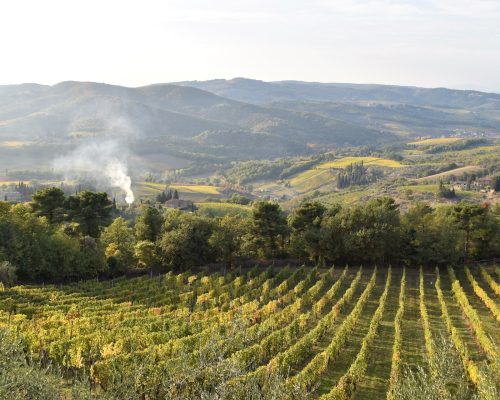
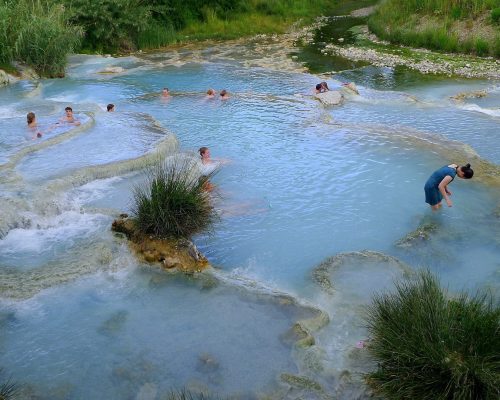
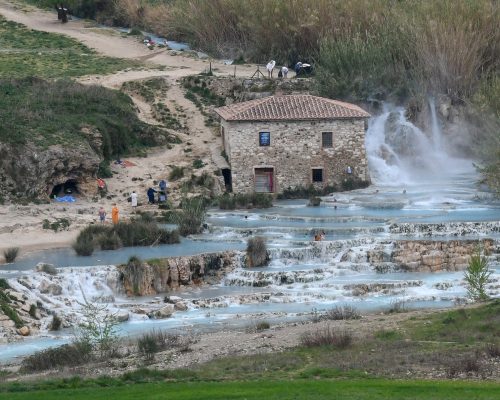
Day Trips and Excursions
Many day trips and excursions exist to explore Tuscany beyond its cities. Whether you’re interested in wine tasting, scenic drives, or historical landmarks, there’s something for everyone. Here are some of the top destinations to consider:
San Gimignano
Known as the “Town of Fine Towers,” San Gimignano is a UNESCO World Heritage Site with well-preserved medieval architecture. You can walk along the town’s walls, visit the Civic Museum, and climb the Torre Grossa for panoramic views. San Gimignano is also famous for its Vernaccia di San Gimignano wine, which you can taste at local wineries.
Pienza
Pienza is a small town in the Val d’Orcia region redesigned in the 15th century as a model Renaissance town. Its main attraction is the Piazza Pio II, surrounded by the Palazzo Piccolomini, the Duomo, and other elegant buildings. You can also sample Pecorino cheese from sheep’s milk and a local specialty.
Cortona
Cortona is a hilltop town that offers sweeping views of the surrounding countryside. It has a rich Etruscan and Roman history and medieval and Renaissance landmarks such as the Palazzo Comunale and the Duomo. You can also visit the Museo dell’Accademia Etrusca, a collection of ancient artifacts.
Montepulciano
Montepulciano is a charming town that is famous for its Vino Nobile di Montepulciano wine. To taste the local varieties, you can visit wineries, wine shops, and wine cellars. The town also has several churches, palaces, and museums, including the Palazzo Ricci and the Museo Civico.


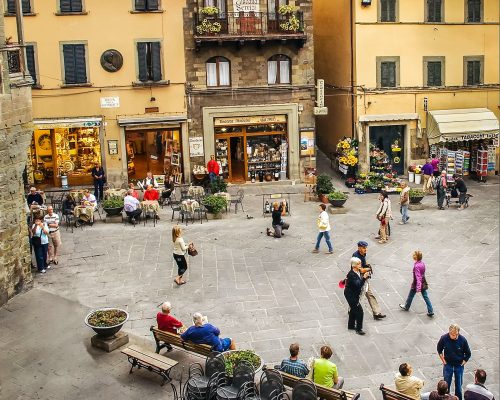
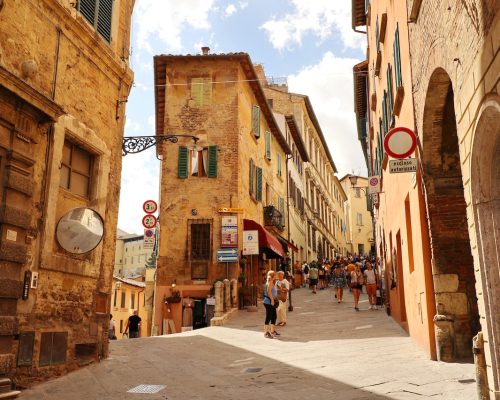
Val D’Orcia
The Val d’Orcia is a picturesque valley in southern Tuscany known for its rolling hills, cypress trees, and medieval hamlets. You can drive or cycle along the scenic routes, stopping at towns such as Montalcino, Pienza, and San Quirico d’Orcia. The valley is also a UNESCO World Heritage Site.
Montalcino
Montalcino is a hill town famous for its Brunello di Montalcino wine. You can visit wineries and wine shops to taste the local varieties, the 14th-century fortress, and the Gothic Sant’Agostino church. Montalcino also hosts a wine festival in February.
Volterra
Volterra is an ancient Etruscan town with Roman, medieval, and Renaissance landmarks. You can visit the Roman Theater, the Etruscan Museum, and the Palazzo dei Priori, the oldest town hall in Tuscany. Volterra is also known for its alabaster handicrafts, which you can see at local workshops.
Elba
Elba is an island off the coast of Tuscany known for its beaches, hiking trails, and historical sites. You can visit the Villa dei Mulini, Napoleon’s residence during his exile, the Medici fortresses, and the Roman Villa delle Grotte. Elba also has several nature reserves, such as the Tuscan Archipelago National Park.

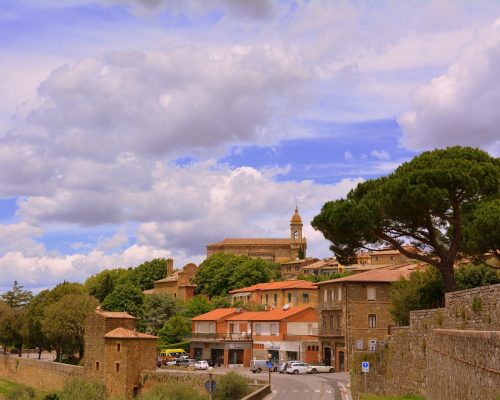
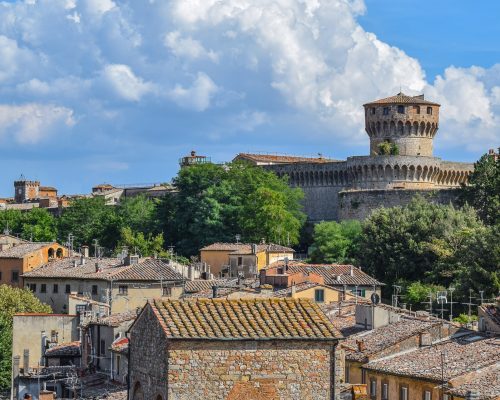
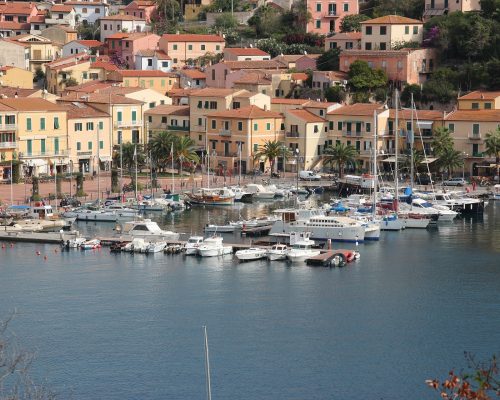
Practical Information
When planning your trip to Tuscany, having some practical information on hand is essential to make your visit as smooth and enjoyable as possible. Here are some tips on transportation, where to stay, and shopping.
Transportation
Getting around Tuscany is relatively easy, with various transportation options available. The most popular way to explore the region is by car, as it allows you to travel at your own pace and visit smaller towns and villages that may not be accessible by public transport. However, plenty of other options exist if you prefer not to drive.
- Train: Tuscany has an extensive rail network connecting major cities and towns with regular services. It’s a convenient and affordable way to get around, especially if you’re traveling between Florence, Pisa, and Siena.
- Bus: Local buses are a good option for shorter journeys, and they run between towns and villages throughout the region. However, they can be less frequent and less reliable than trains.
- Taxi: Taxis are widely available in Tuscany but can be expensive, especially for longer journeys. It’s best to agree on a price with the driver before you start your journey.
- Bicycle: Cycling is a popular way to explore Tuscany, and plenty of rental shops exist in the larger towns and cities. It’s a great way to see the countryside and get some exercise at the same time.
Where to Stay
Tuscany has many accommodation options to suit all budgets and preferences. Here are some popular choices:
- Agriturismo: These farmhouses have been converted into guesthouses, offering a taste of rural Tuscany. They are usually located in the countryside and provide a peaceful and relaxing stay.
- Hotels: Tuscany has many hotels, from budget options to luxury resorts. They are usually located in the larger towns and cities and offer a convenient base for exploring the region.
- Bed and Breakfast: B&Bs are famous for those looking for a more personal and homely experience. Local families usually run them and offer a warm welcome and home-cooked meals.
Shopping
Tuscany is famous for its food, wine, and handicrafts; there are plenty of opportunities to shop for souvenirs and gifts. Here are some renowned shopping destinations:
- Markets: Tuscany has a variety of markets selling everything from fresh produce to antiques. The most famous is the Mercato Centrale in Florence, a must-visit for foodies.
- Outlets: Tuscany has several designer outlets for discounted clothing and accessories from top Italian brands. The most famous is The Mall in Leccio, near Florence.
- Artisan workshops: Tuscany has a rich tradition of handicrafts, and there are many workshops where you can see artisans at work and buy their products. Some popular crafts include leather goods, ceramics, and glassware.
Remember to always carry a map with you, whether physical or digital, on your phone. This will help you navigate the region and find your way around.
Frequently Asked Questions
What are the best day trips to take from Tuscany?
Tuscany has many beautiful towns and cities, so there are plenty of options for day trips. Some of the most popular options include:
- Siena is famous for its stunning Gothic architecture and the Piazza del Campo, home to the Palio di Siena horse race.
- Pisa is known for its iconic Leaning Tower and is home to many other historic buildings and museums.
- Lucca: a charming walled city with narrow streets, beautiful churches, and plenty of shops and restaurants.
- Cinque Terre: a picturesque coastal area with five small towns built into the cliffs overlooking the sea.
What are some recommended towns to visit near San Gimignano?
San Gimignano is a beautiful medieval town, but many nearby towns are worth visiting. Some of the most popular options include:
- Volterra: a hilltop town with Etruscan roots, known for its alabaster crafts and beautiful views.
- Certaldo is a small town with a charming historic center and a funicular railway connecting the upper and lower parts of town.
- Colle di Val d’Elsa is a city known for its crystal production and home to a beautiful medieval center with stunning views of the surrounding countryside.
What is a good Tuscany travel itinerary for 10 days?
With 10 days in Tuscany, you’ll have plenty of time to explore the many beautiful towns and cities. A sample itinerary could include:
- Days 1-3: Florence
- Days 4-5: Siena and San Gimignano
- Days 6-7: Pisa and Lucca
- Days 8-10: Montepulciano and the Val d’Orcia region
What is the best time of year to visit Tuscany?
The best time to visit Tuscany depends on your preferences and what you want to do. Generally, spring (April-June) and fall (September-November) are the best times to visit, as the weather is mild and there are fewer crowds. However, if you want to experience the region’s beaches, summer (July-August) is the best time to go.
How many days should I plan for a trip to Tuscany?
The time you should plan for a trip to Tuscany depends on what you want to see and do. If you wish to visit Florence and a few nearby towns, 3-4 days could be enough. However, a week or more would be better if you want to explore more of the region and take day trips.
What is the most convenient way to travel from Florence to Tuscany?
The most convenient way to travel from Florence to other parts of Tuscany is by train. Florence is well-connected to other cities and towns, and train travel is fast, affordable, and comfortable. Alternatively, you could rent a car or take a guided tour.
Helpful Travel Planning Tips
Flights:
Search and book with KAYAK. They search across 100s of travel sites to compare prices. If you are not ready to book? Set alerts for when prices drop.
Accommodations:
To book a hotel, check Hotels.com
Check here for Hostels
Travel Insurance:
I recommend getting travel insurance from Travelex Insurance to protect your purchase as soon as you book.
Activities:
For tickets, tours, and day trips, check with GetYourGuide.
Restaurants:
Disclosure: Please note that some links on this website are affiliate links. At no cost to you, I receive a commission if you make a purchase. I only recommend companies that I research and would use.
